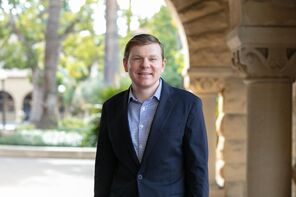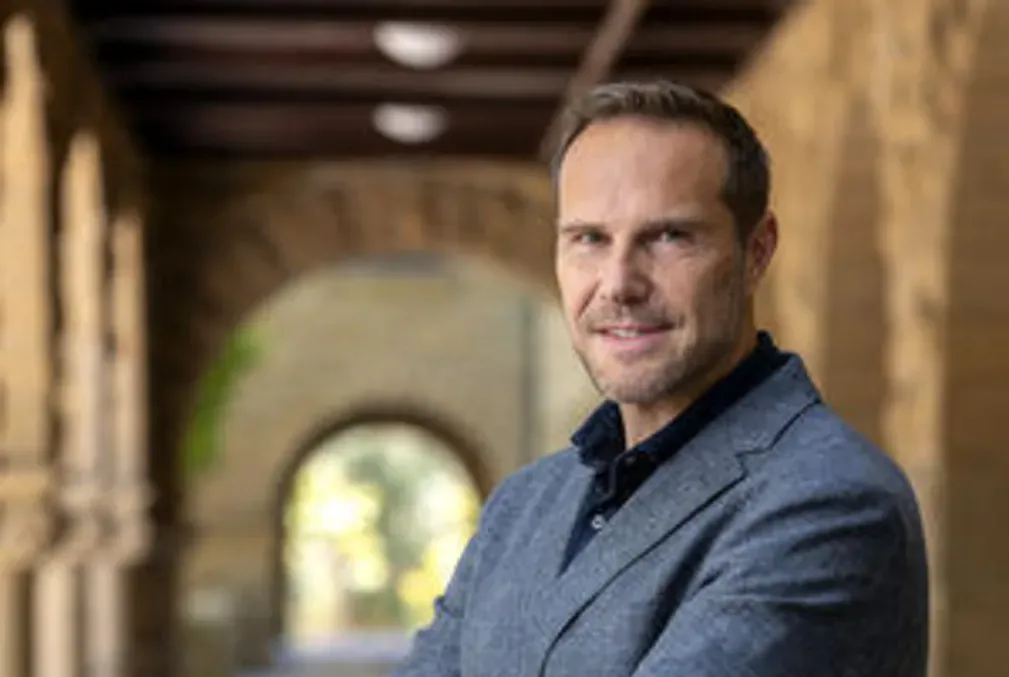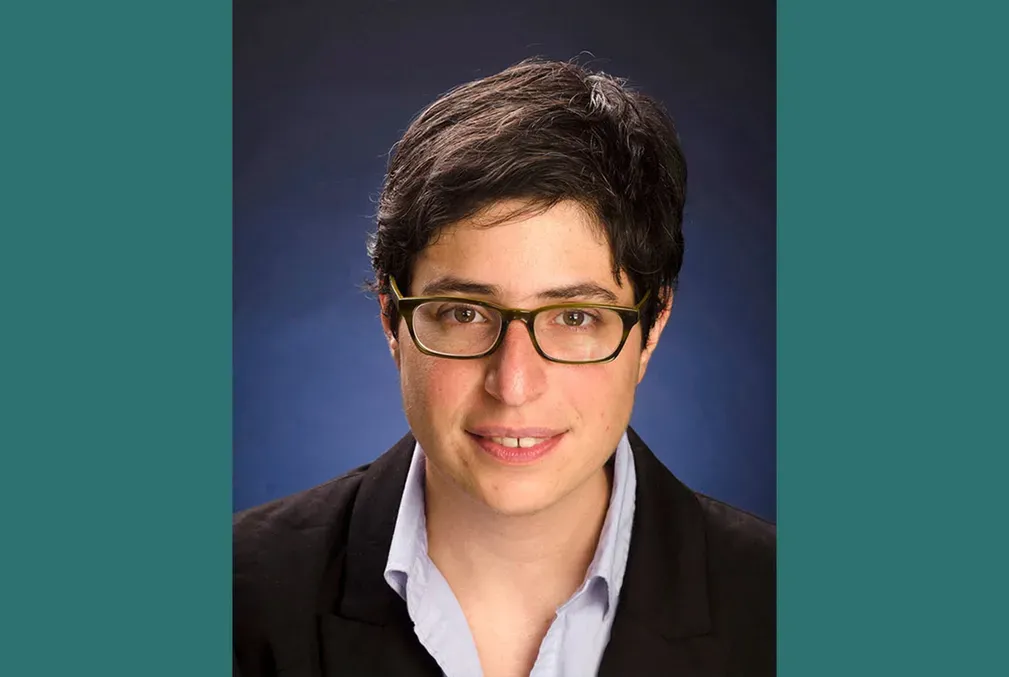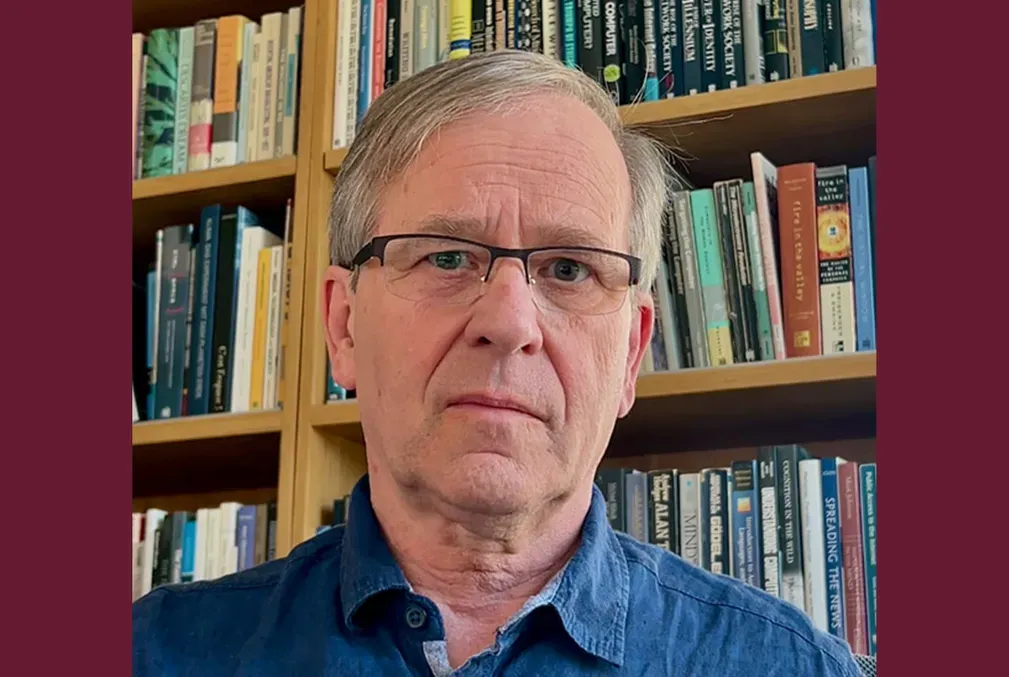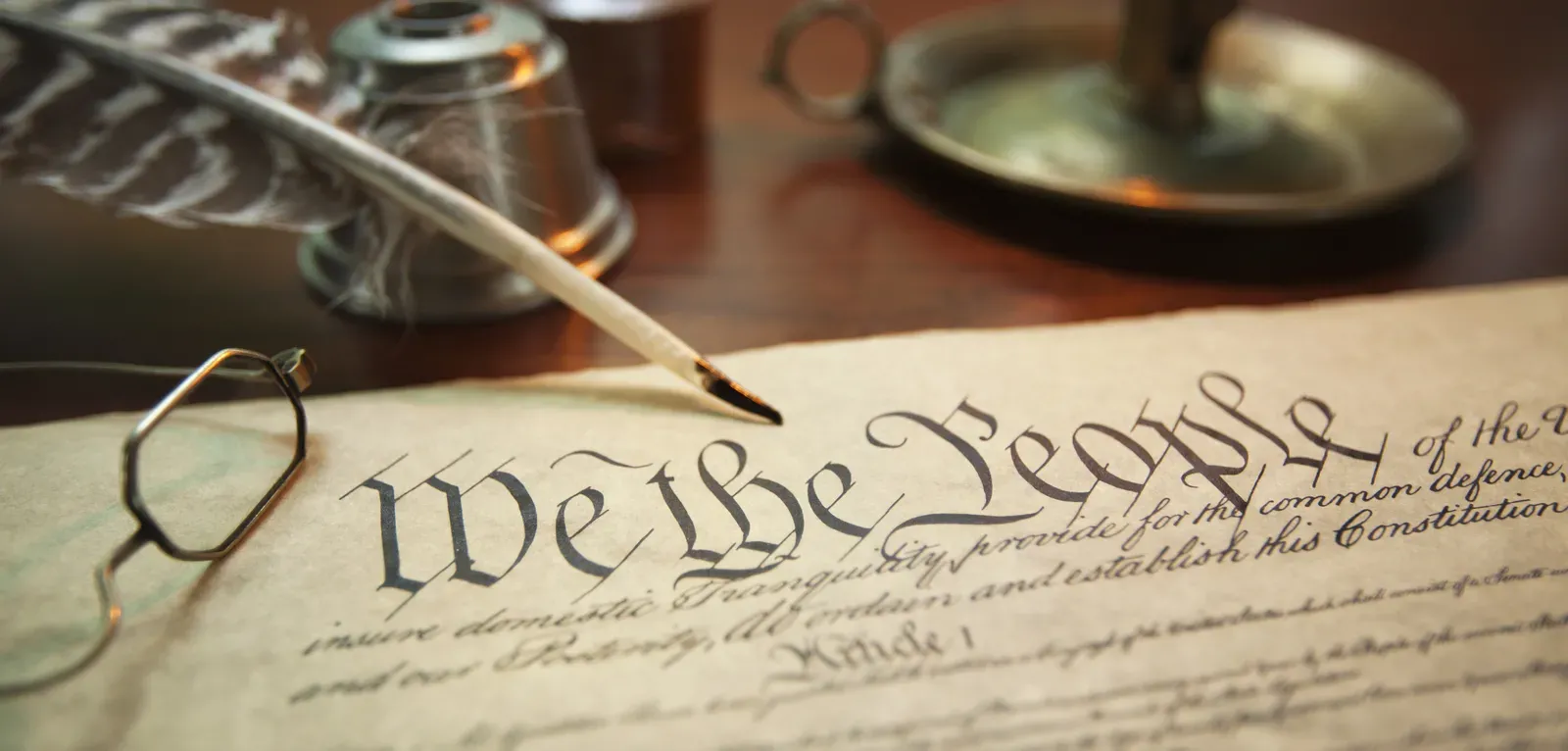
Historian Jonathan Gienapp challenges originalist interpretations of the Constitution
To understand the historical document, we need to understand its deeper historical context, Gienapp argues in a new book
Constitutional originalism, a prominent legal theory espoused by many conservative judges and legal thinkers, including a majority of current Supreme Court justices, promises to uphold the U.S. Constitution by recovering what the document meant at the time it was written. Originalism’s adherents say it produces objective legal rulings. As Supreme Court Chief Justice John Roberts often puts it: The job of judges is to call balls and strikes rather than to shape the law according to their own sense of what is best for society.
Jonathan Gienapp, an associate professor of history in the School of Humanities and Sciences and of law at Stanford Law School, argues in his new book, Against Constitutional Originalism: A Historical Critique (Yale University Press), that originalists fail to live up to this claim. They have staked constitutional interpretation to history, but they do not take that history seriously—in particular, they fail to appreciate how earlier constitutional assumptions diverge from modern constitutional thinking. By misunderstanding how 18th-century Americans conceptualized constitutionalism, originalists end up inventing history rather than recovering it. This scuttles their claims that their constitutional theory is more objective and, therefore, more faithful to the true Constitution than competing theories, Gienapp maintains.
“Once you commit to reconstructing 18th-century constitutionalism on its own terms, you appreciate the profound differences between Founding-era constitutionalism and the kind of constitutional jurisprudence that predominates today,” said Gienapp, who studies early America. “To bring those historical materials into the world of modern case law requires considerable translation and, through that, some updating. Originalism has always promised to take the Constitution as it is, but in distorting the very history it deems authoritative, it ends up interpreting a Constitution unknown to the Founders.”
Originalism tends to focus expressly on the words of the Constitution. From this perspective, Americans possess certain fundamental rights such as the freedom of speech because they are enumerated in the Constitution’s text. But the founding generation did not see it this way, Gienapp said.
Based on how they understood fundamental law, the Founders believed that most essential rights already had constitutional status no matter whether they happened to be codified in the Constitution’s text. Rather, those rights were listed in the Constitution so people would more easily remember the rights they already enjoyed. Gienapp said that in most cases these rights provisions merely announced noncontroversial broad political and legal principles. It was left to the people themselves, acting through the institutions that best represented them, to flesh out their scope over time. Originalists miss all this, according to Gienapp, because they are blinded by modern constitutional assumptions.
Gienapp’s first book, The Second Creation: Fixing the American Constitution in the Founding Era (Harvard University Press, 2018), offered a history of the earliest debates over interpreting the Constitution. Gienapp recognized that it had implications for originalist theory, and he had long planned to tease those out separately. He initially set out to do so in an essay. But he quickly realized he had far more to say and accepted that he was writing a book—which became Against Constitutional Originalism. In a representative argument from the book, Gienapp puts it this way: “If originalists would prefer for law to remain largely separate from history, then they shouldn’t have so tightly tethered law to the recovery of history.”
Gienapp ultimately makes the case for robust intellectual history. The original Constitution can only be understood in the context of “the broader conceptual universe that 18th-century constitutionalists occupied,” he writes.
Implications for hot-button issues
The stakes of the debate over originalism are both public and contemporary.
Gienapp first became interested in originalism after the Supreme Court decision in District of Columbia v. Heller (2008) that struck down a law regulating the use of firearms. The court further expanded Second Amendment rights more recently when it nullified New York’s concealed carry law in New York State Rifle & Pistol Association v. Bruen (2022). The court’s decisions in both cases were based on an originalist interpretation of the Second Amendment.
In each case, Gienapp claims, the Supreme Court’s originalist jurists presupposed an understanding of liberty at odds with that of the Founders. That led them to misunderstand the meaning of “free state” found in the amendment. For originalists, “free” usually suggests freedom from government regulation.
But Gienapp argues that early Americans were not trying to disable government but to ensure that it was representative and legitimate. A free state was one where the people made and enforced their own laws and were empowered as the guardians of their fundamental rights. With these conditions met, the people were free to regulate their own rights so long as it was in the interest of the public good. Thus, in both cases, the Supreme Court struck down local regulations that arguably were fully in keeping with the original spirit, purpose, and meaning of the Second Amendment.
“Originalists focus their attention narrowly on the words of the Second Amendment without realizing that they are imposing a robust and ahistorical conception of liberty onto their reading of those words,” Gienapp said. “They don’t grasp that they are actually rewriting the original amendment.”
Gienapp hopes his historical intervention into constitutional jurisprudence will force originalists to grapple with the mismatch between their modern assumptions and the very different 18th-century assumptions that once breathed life into the Constitution.
“There’s a fork in the road,” he said. “We either rationally reconstruct the past given our contemporary needs or engage in a broader form of intellectual reconstruction to figure out what the words of the Constitution meant to actual people in 1791. The first path won’t be good history, but perhaps it’ll be good law. The second path might make the originalist project difficult, if not impossible, from a legal standpoint, but it’s the only way to recover the Constitution’s original, authentic meaning.”
Media contact: Marijane Leonard, School of Humanities and Sciences: marijane [dot] leonard [at] stanford [dot] edu (marijane[dot]leonard[at]stanford[dot]edu)
